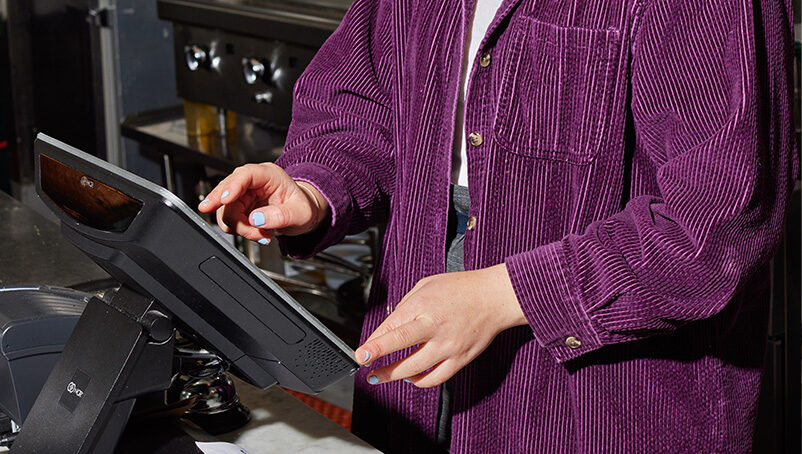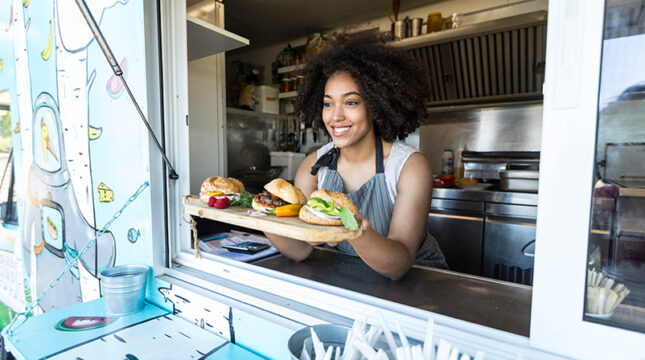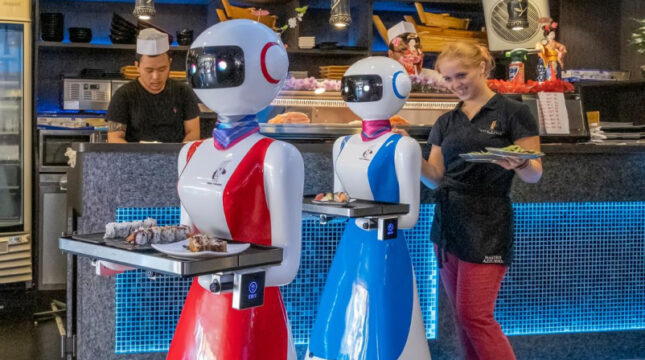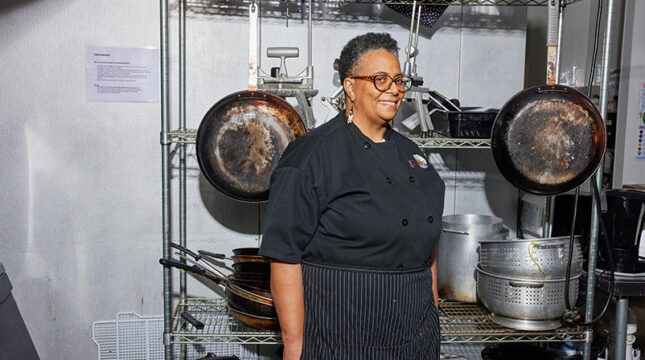1. Online ordering and mobile takeout apps for your restaurant
Want to keep current customers happy and find new regulars? Consider options for digital orders both in and out of your dining room. Here are four pieces of technology making a real impact on customer service:
Mobile takeout order apps
Whether it’s curbside or counter pickup, there’s an appetite for food to go. A recent Deloitte study showed that 60% of people order takeout at least once a week. An app ensures ordering from your restaurant becomes a weekly habit that’s hard to break.
As a restaurant owner, you have more options than ever to find a mobile takeout partner that offers the best rate and service for your business. For example, ChowNow (a NEXT partner), offers commission-free online ordering through your own dedicated branded mobile app, along with ordering through your website and other third-party websites like Google and Apple Maps.
Connect online ordering with your point-of-sale system (POS)
If you have a high volume of delivery orders, restaurant software that syncs multiple third-party delivery services and your POS system is crucial for managing orders and the flow of your kitchen. With an order aggregator, you don’t have to be overwhelmed when you experience a spike in sales, and you can learn how to adjust your staffing levels to demand over time.
Contactless ordering and payments
Let diners order and pay from their table with their phone via an app. According to Deloitte’s study, almost two-out-of-every three customers would prefer to order this way for one simple reason: it’s convenient. Also, unlike QR codes, an app doesn’t have to be static.
Apps for reservations and your waitlist
Take reservations online or automate your waitlist to help provide a better picture of your dining room to customers. Both types of software come with automatic reminders saving your host valuable time and managing your customer’s expectations. They also make the flow of sales more predictable.
Look closer: See if a given app or digital platform offers a loyalty program or ways to capture customer information. Use it to develop targeted marketing strategies and turn diners into regulars.
2. Manage payroll, track sales and reach customers with POS software
Your point-of-sale software used to be a clunky touchscreen that handled incoming orders and kicked out credit card receipts. It sat somewhere between the drink station and the counter where staff folded pizza boxes.
Today, restaurant POS software platforms can handle many tasks, from hiring to ordering to marketing. And POS systems are now often portable, available on a tablet that moves with a server around the dining room or rests in a fixed holder with a cashier.
Robust POS system software can tell you lots of information about your daily sales and customers. The value of that information can be worth retraining your team on a new system and the cost of the platform.
Here are some of the key features to look for if you’re considering a POS upgrade:
The ability to onboard new hires
Make it simple to hire new employees. New hires can fill out digital paperwork before they start so you can focus on training and productivity.
Payroll management
While you might opt for separate restaurant accounting software, POS systems can often tabulate hours and generate payment for your staff. Take a quick glimpse at your costs and know exactly when an employee gets paid.
Sales transaction tracking and customer information
Get a better handle on daily sales and the average customer ring. Use that data to examine your cash flow. Analyze your transaction history to determine whether customers prefer dine-in or takeout.
The tools to develop targeted marketing campaigns
With some POS systems, you can see how often someone visits your restaurant, what they order and how much they spend. Take that information to create marketing campaigns to entice them to come back for the butternut squash ravioli they love.
Keep an eye on costs: POS systems can be expensive. Make sure you understand the costs associated with each transaction, as well as whether you’ll have to purchase additional hardware (tablets, stands or card readers) for your restaurant.
3. Manage employee shifts, training and scheduling for your restaurant
Restaurant scheduling apps can support your team and improve communication. They can also eliminate one of your biggest headaches: Filling every shift.
Instead of a (potentially inaccurate) whiteboard or a spreadsheet in a locked manager’s office, chefs and servers can use scheduling software to see shifts in real time. They can choose to be updated by text or email if there are changes.
Some scheduling tools even allow employees to swap shifts and solve problems themselves — saving one task on your to-do list.
When everyone works with accurate information, you can find replacements faster in emergencies. You’ll know who is available from your current pool of workers. You can also be more responsive to employees to help build your relationship.
Keep in mind: Look to see if your scheduling software includes an option for timesheets. Use it to track employees’ hours or see when your team clocks in and out.
4. Restaurant inventory management software for cost control
How you manage your inventory could be the difference between a profit and losing money.
Inventory management software gives you the data to avoid overstocking or understocking ingredients because you know exactly whether or not the fish is selling. You can also know when you might have to raise menu prices or switch out an item if costs are too high.
Inventory management tools also give you insight into labor costs to help you make sure you have as much staff as you need without being overstaffed.
Pro tip: Make sure you can integrate any new software with your POS system or accounting software.
NEXT is restaurant insurance 24/7 via web and app
NEXT creates customized restaurant insurance packages to match the exact needs of your business.
Get a quote, choose a policy and get your certificate of insurance in less than 10 minutes.
Want to know more? Our team of licensed, U.S.-based insurance professionals are ready to help.
Get a free quote on restaurant insurance with NEXT.





